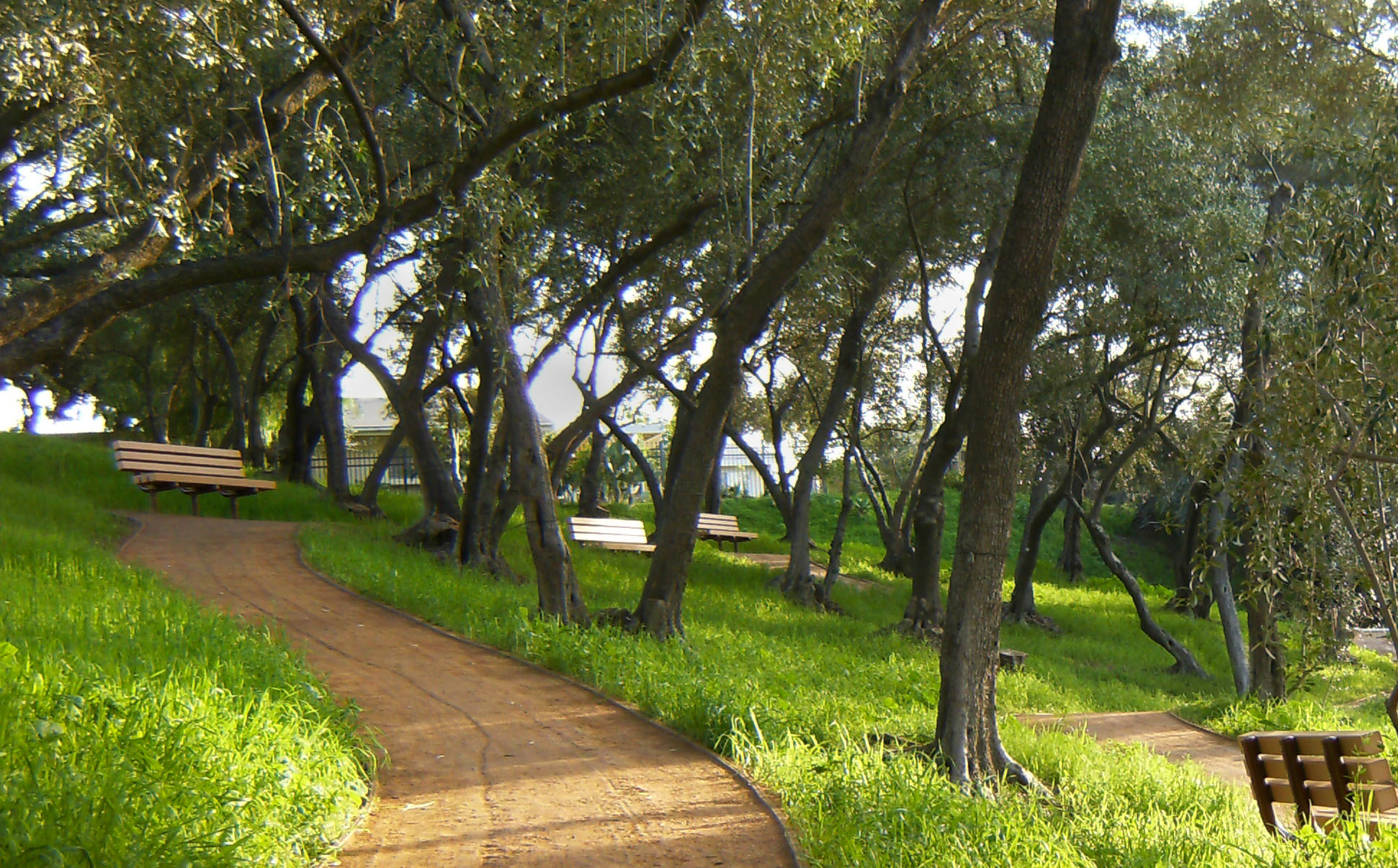
The following is an excerpt from the Neighborhood Spotlight in the January 18, 2019 issue of the Los Angeles Times:
La Mirada got its start when Andrew McNally, the map and atlas magnate who made his fortune producing globes and guides for 19th century America, left Chicago and in 1888 bought 2,300 acres of Southern California ranchland.
He devoted 700 of those acres to his own pastoral haven. And though he cultivated citrus and olive groves rather than cattle or sheep, he built an expansive home he called Windermere Ranch.
His olives became wildly popular, so much so that to meet demand he built an olive oil processing plant at the ranch. And his adjacent personal train station, which he named La Mirada, gave the olives their brand name.
Not content with being one of the foremost producers of olive oil in California — at one point accounting for 15% of the state’s output — McNally and son-in-law Edwin Neff soon began planning development of a rural retreat for the wealthy, to be built on the remaining 1,600 acres.
In 1896 they incorporated La Mirada Land Co. and began hawking 20-acre lots in what they envisioned as a thoroughly modern luxury neighborhood, with swimming pools, an artificial lake, and a clubhouse.
As the Los Angeles Times reported back then, McNally and Neff hoped to “attract a congenial and aristocratic population, where all the vagaries of fashion and the extravagance of wealth can be indulged in without intrusion.” And, to guarantee the financial pedigree of would-be residents, they required that buyers spend at least $250,000 to improve their parcels and live there at least part-time.
Their dream of a country gentlemen’s paradise in the shadow of olive-covered hills ended with the collapse of the Southern California real estate market at the close of the 1800s. McNally’s olive oil and citrus empire, however, would endure until the 1950s.
In 1953, his heirs sold everything but the family home and the 10 acres on which it sat to developers; the Neff Estate remains a city-owned park and museum. On the remaining 2,000-plus acres, a planned city arose, one of the first in the country. Instead of catering to the wealthy, as had been McNally’s plan a half-century earlier, La Mirada was built to house the burgeoning postwar middle class.
One thing remained constant, however: The developers heavily marketed the city’s connection to the olive industry, even going so far as to include olive trees in the front yard landscaping of some tracts.
Although most of the olive trees are long gone, a remnant grove endures across from the La Mirada Civic Center on the campus of Biola University (see picture above).
Click here to read the entire Los Angeles Times Neighborhood Spotlight article or here to learn more about La Mirada’s history.
Source: Los Angeles Times
